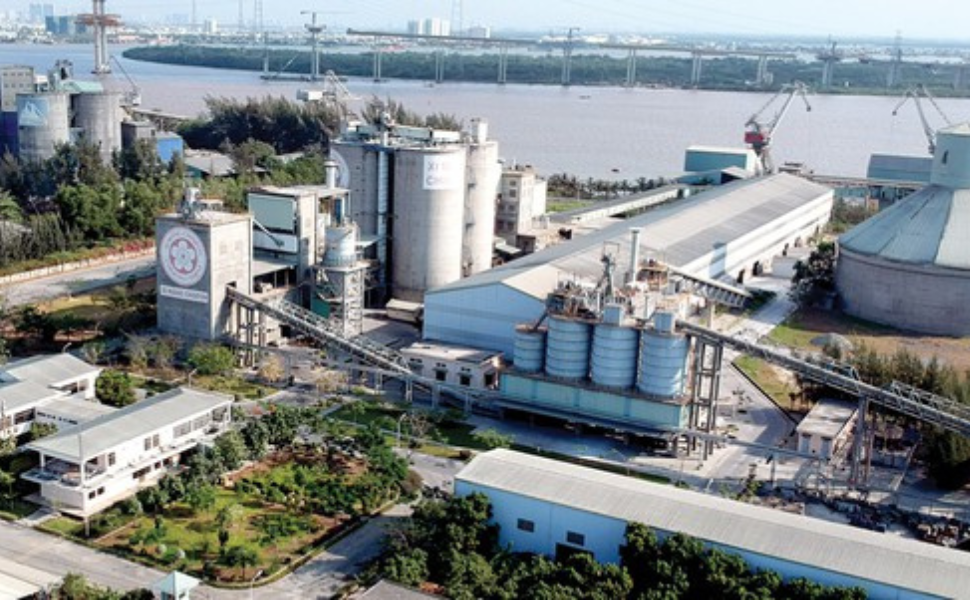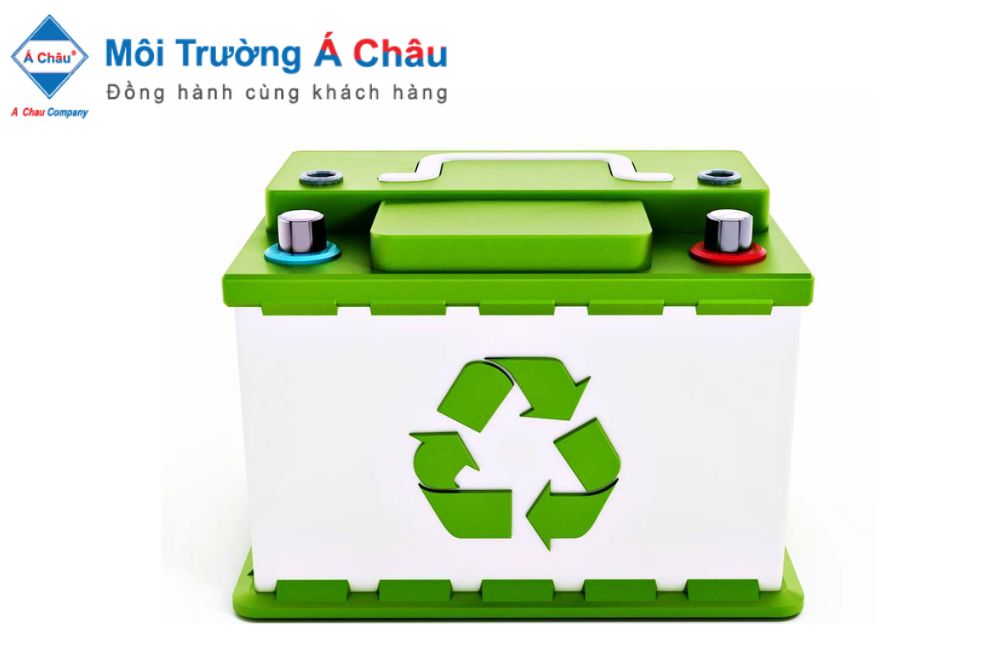The cement industry is gradually escaping from prejudice about environmental pollution!
The establishment of the cement industry was a critical point in building technology, contributing significantly to the development of national infrastructure. According to experts, for many years, the cement industry has produced the primary and necessary material for building countries' infrastructure.
However, cement production must use many raw materials and non-renewable fossil resources. Clinker smelting and cement grinding create dust and emissions of CO2, CO, NOx, and SOx, which have a negative impact on the environment. The world's cement industry releases 7% of the total global carbon emissions into the environment. Therefore, many people always have the prejudice that the development of the cement industry will threaten the environment.
Currently, Vietnam produces nearly 100 million tons of cement/year, consuming about 8 million tons of coal. According to the assessment of the Ministry of Construction, the production capacity of Vietnam's cement industry has fully met domestic demand and export to the international market.
It is worth mentioning there are still many small-scale production lines with outdated technology, low competitive efficiency, wasting resources, and affecting the environment.

Vietnam Cement gradually escapes prejudice against environmental pollution.
Recently, at the Conference on the Sustainable Development of Vietnam's Cement sector, Ministry of Construction executives stated that, in order to progressively grow the cement sector from "Gray" to "Green," the Government and Prime Minister must work together. The Government has tasked the Ministry of Construction with developing a strategy for developing Vietnam's construction materials for the period 2021- 2030, with an eye toward 2050, with the critical viewpoint being Sustainable development of the construction materials industry, applying new science and technology in the production of construction materials; saving mineral resources, saving energy, and reducing GHG.
Combine building material manufacturing with waste recycling and reuse, waste treatment, and environmental preservation. Improve the competitiveness of building materials products in domestic and international markets; promote and encourage economic sectors to engage in construction material production.
Only invest in new cement clinker manufacturing facilities with a capacity of 5,000 tons/day or more related to raw material areas, as well as in a power-generating system that uses exhaust heat to satisfy demand. Complete technological and environmental requirements. Encourage existing cement factories with obsolete technology and equipment, limited capacity, and high raw material, fuel, and energy consumption to invest in advanced and innovative technologies to increase productivity, product quality, energy savings, and environmental protection.
Source: ximang.vn













